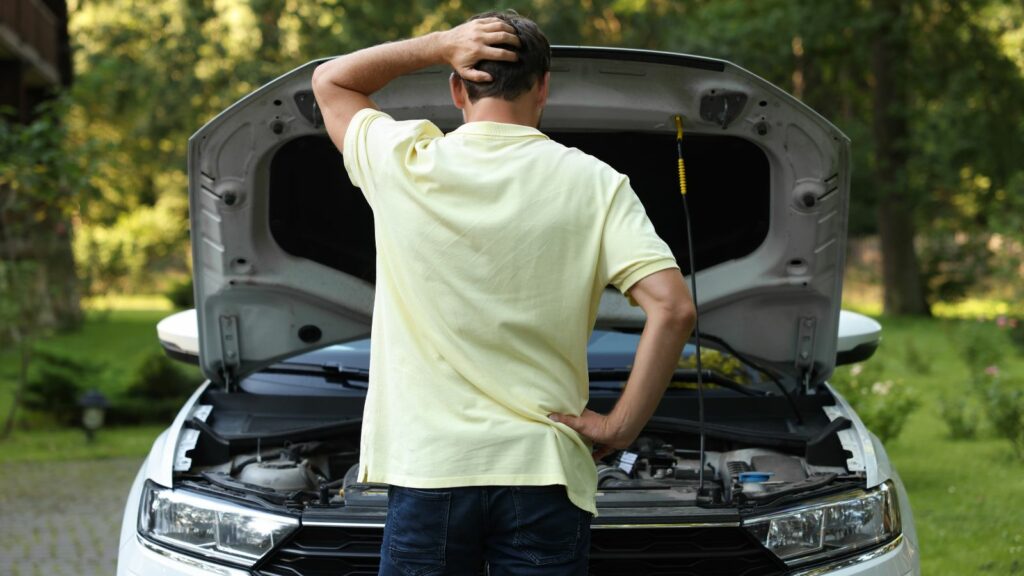Every car reaches a point where fixing it no longer makes sense. Even the most reliable rides eventually become money pits, with repair bills that outweigh the car’s actual value. Knowing when to stop pouring cash into your old vehicle and when to put up the “For Sale” sign can save you from frustration and wasted money. Here are the repairs that often signal it is time to let go, with a closer look at the costs and stories mechanics tell when these issues show up.
Transmission Replacement
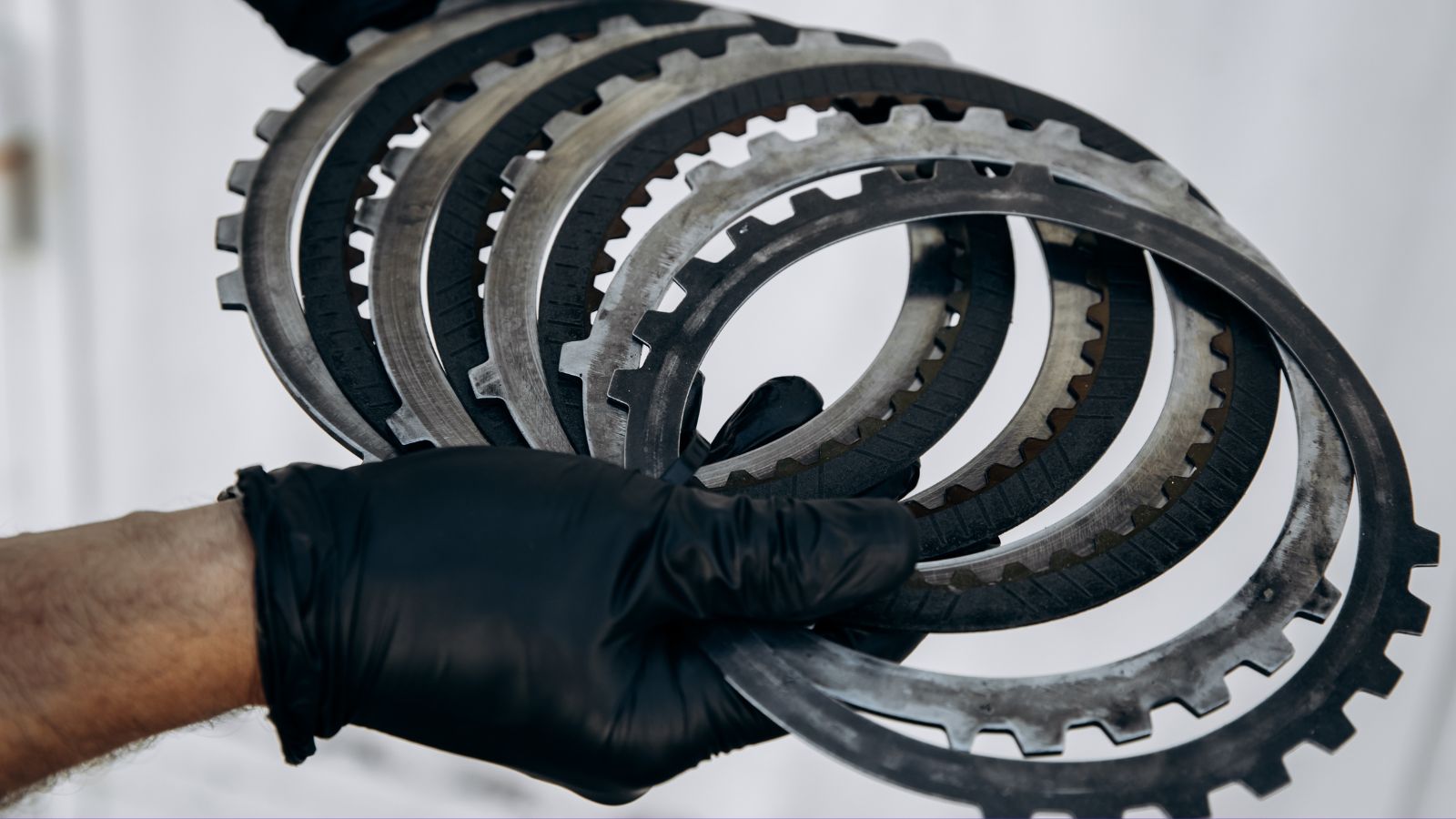
If your automatic transmission fails, you are staring at one of the most expensive repairs in car ownership. A rebuilt or new transmission can cost anywhere from 3,000 to 6,000 dollars depending on the vehicle. Mechanics will often tell you, “the transmission is worth more than the car,” which is never what you want to hear. For most owners, especially with older sedans or compact cars, this is the moment they realize it is smarter to sell and put that money toward a newer ride. Unless you own a rare classic, this repair almost never pays off.
Blown Head Gasket
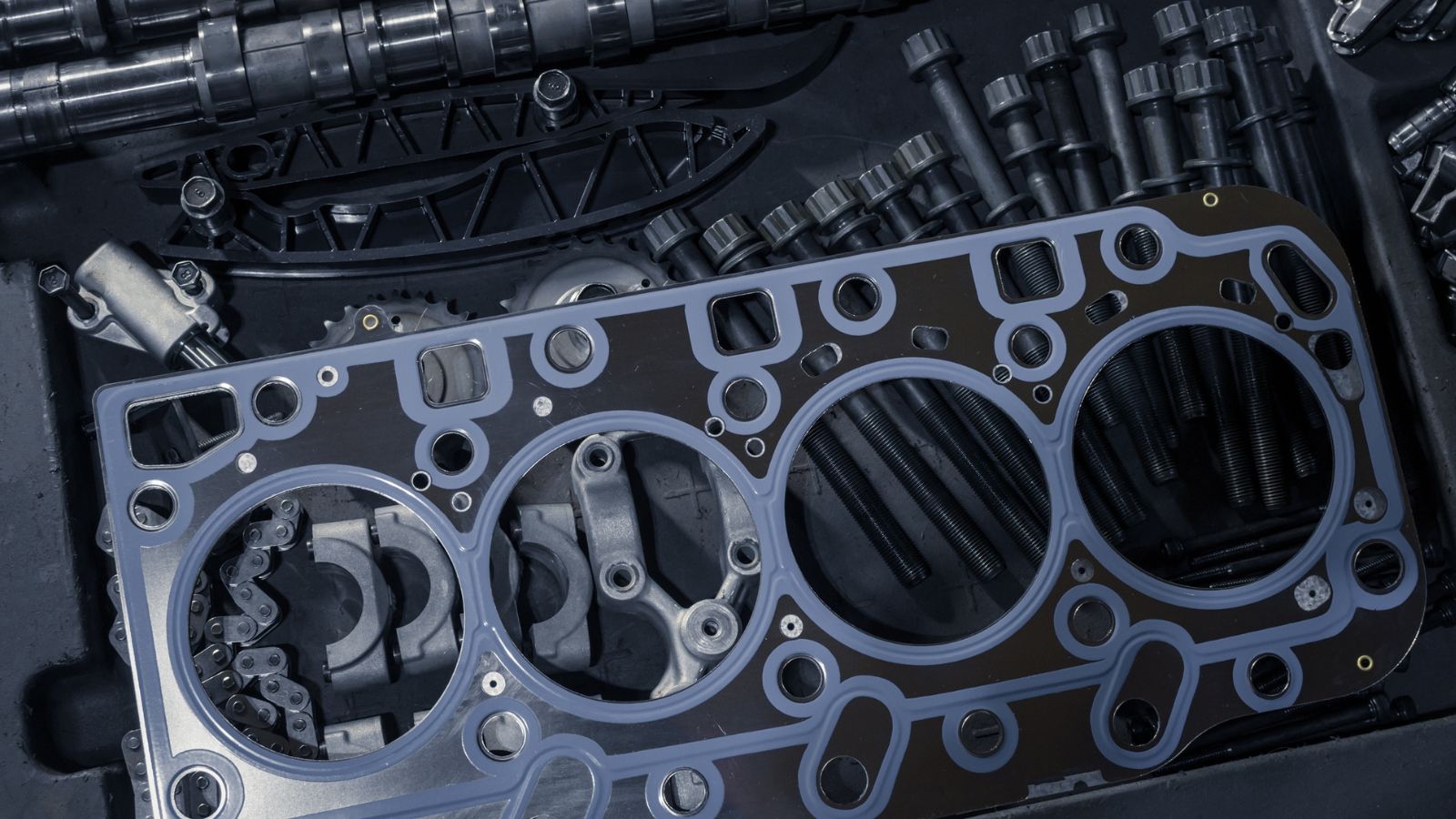
A blown head gasket is one of the classic car killers. White smoke pouring out of the exhaust, coolant disappearing, or oil that looks like chocolate milk are telltale signs. The fix requires tearing apart the engine, and labor alone can run from 1,500 to 3,000 dollars, with total repairs sometimes hitting 5,000. Many mechanics admit they dread delivering this news because they know it usually ends the car’s life. If your vehicle is worth less than the repair bill, this is where most owners call it quits.
Rust and Structural Damage
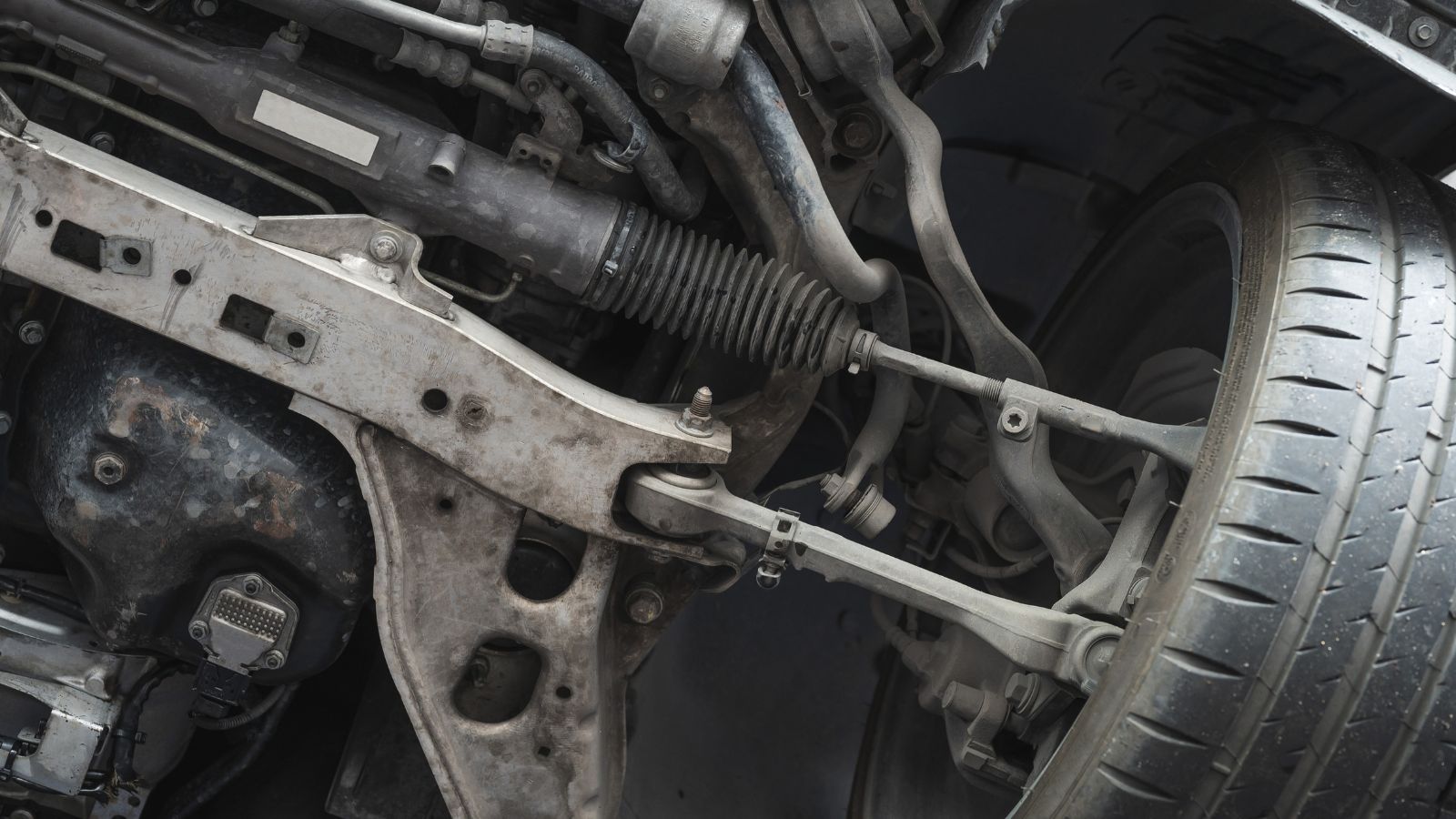
Surface rust is manageable, but once corrosion eats into the frame or suspension mounts, safety becomes a major issue. Rust repair is labor intensive, often requiring cutting, welding, and replacement panels. Even then, rust tends to creep back. A full frame repair can easily cost more than the car is worth—think 2,000 to 10,000 dollars depending on severity. Mechanics often describe rusted frames as “cancer of the car,” and when they say that, it is time to walk away. Unless the vehicle has sentimental or collector value, rust repair is rarely worth the investment.
Failing Suspension and Steering Components
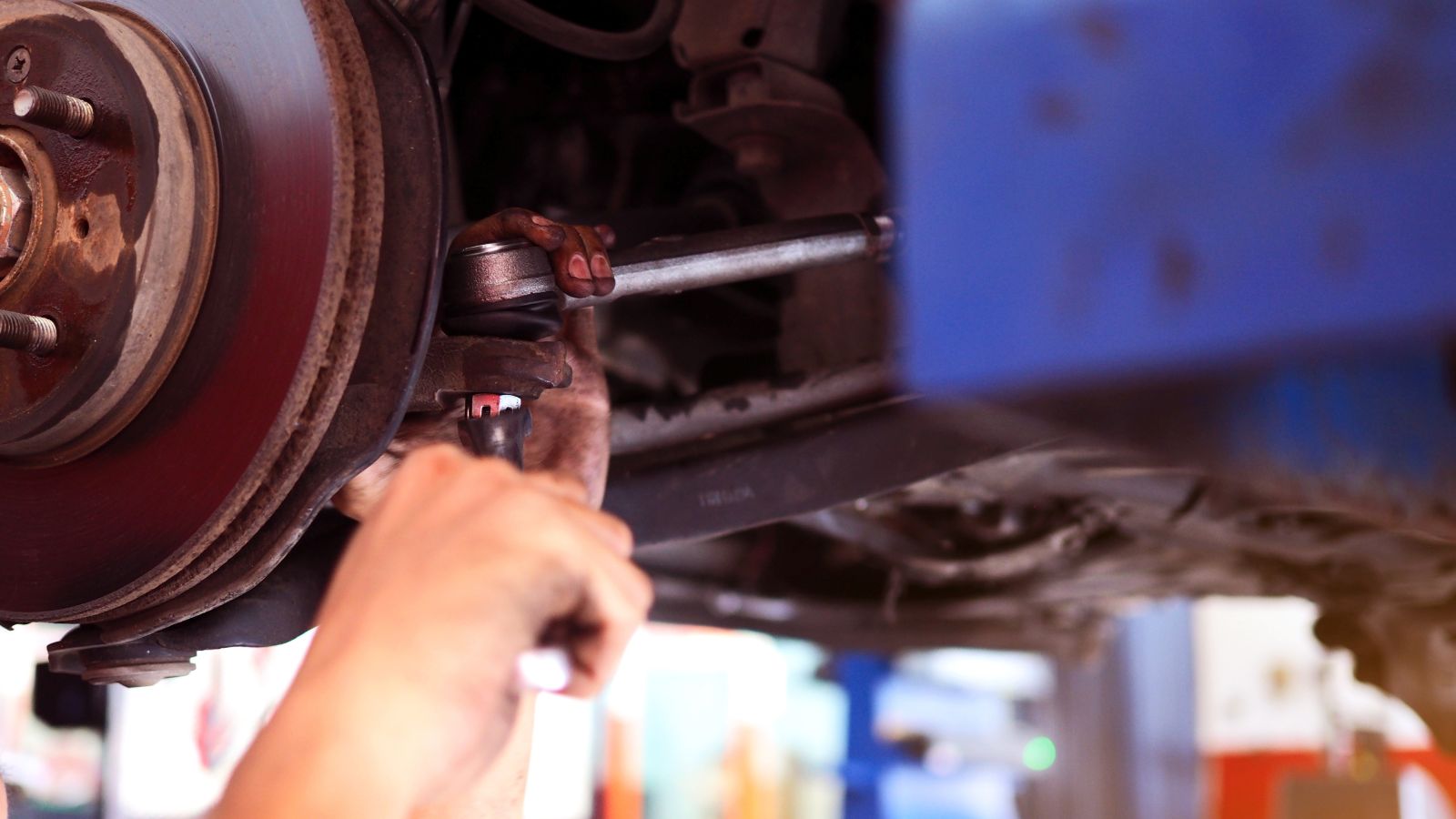
Replacing shocks or struts is no big deal, but when the entire suspension and steering system needs an overhaul—control arms, ball joints, steering racks, bushings, and tie rods—the bill adds up fast. Expect 2,000 to 4,000 dollars on most vehicles, and more for luxury models. Mechanics often say the phrase “you could buy another car for that” when delivering this estimate, and they are usually right. On a classic, you might justify it, but for an old commuter, it is throwing good money after bad.
Engine Rebuild or Replacement

Engines are the heart of a car, and when one fails, the decision gets tough. A rebuild can cost 3,000 to 6,000 dollars, while a full replacement often goes higher. If your car is worth only a fraction of that, the math is obvious. Mechanics often break the news gently, saying something like, “You need to decide if you love the car enough to save it.” For a rare or classic model, the answer might be yes. For most daily drivers, it is the signal to move on.
Electrical System Nightmares
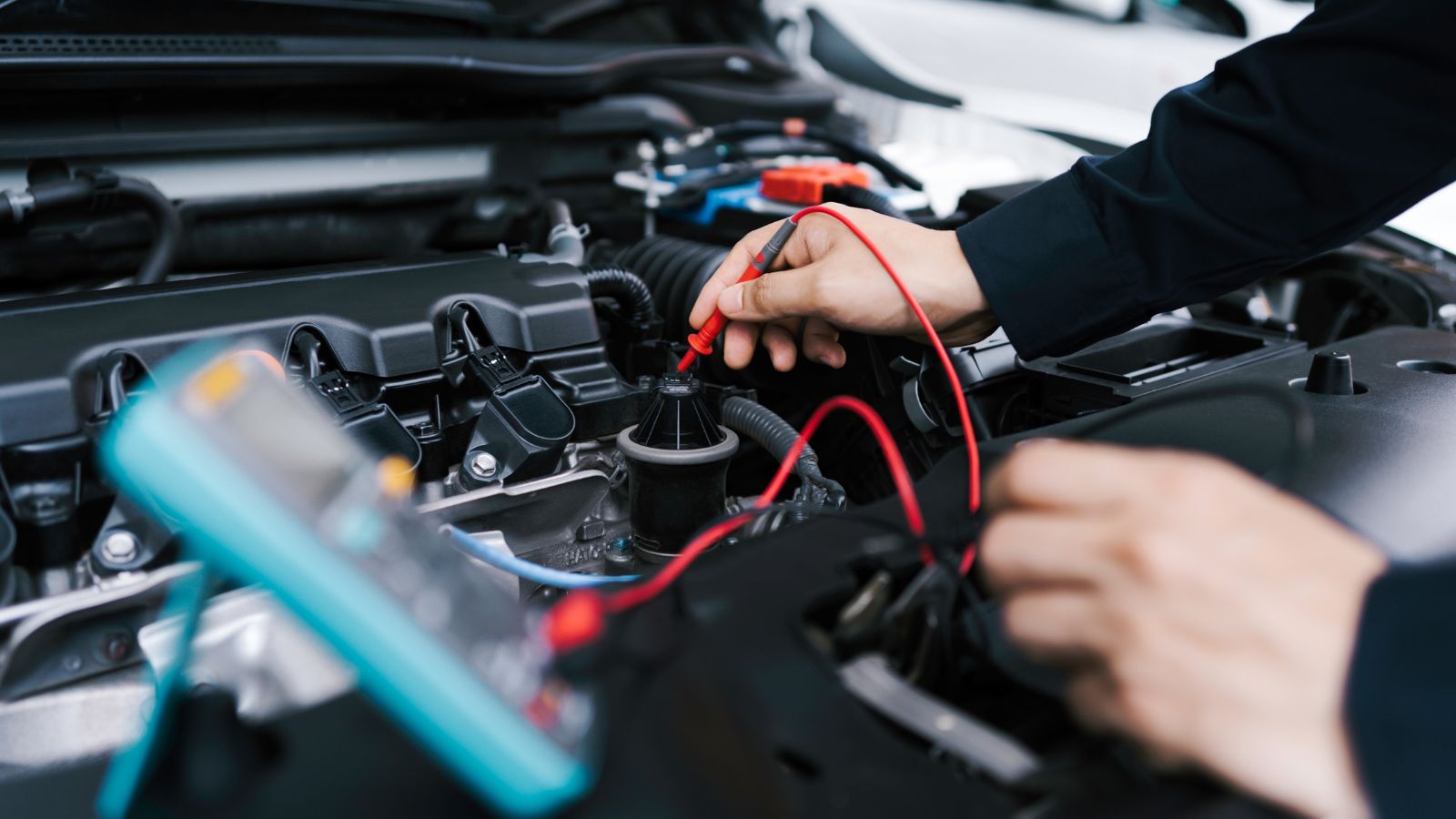
Modern cars are rolling computers, and when the electronics go haywire, the costs can spiral. A new alternator or starter is manageable at a few hundred dollars, but a failing wiring harness or multiple module failures can easily top 2,500 to 5,000 dollars. Some mechanics admit they hate diagnosing electrical gremlins because it can take hours just to find the issue. When you are spending more on diagnostics than the car is worth, it is usually a sign that it is time to list it for sale.
Air Conditioning System Overhaul
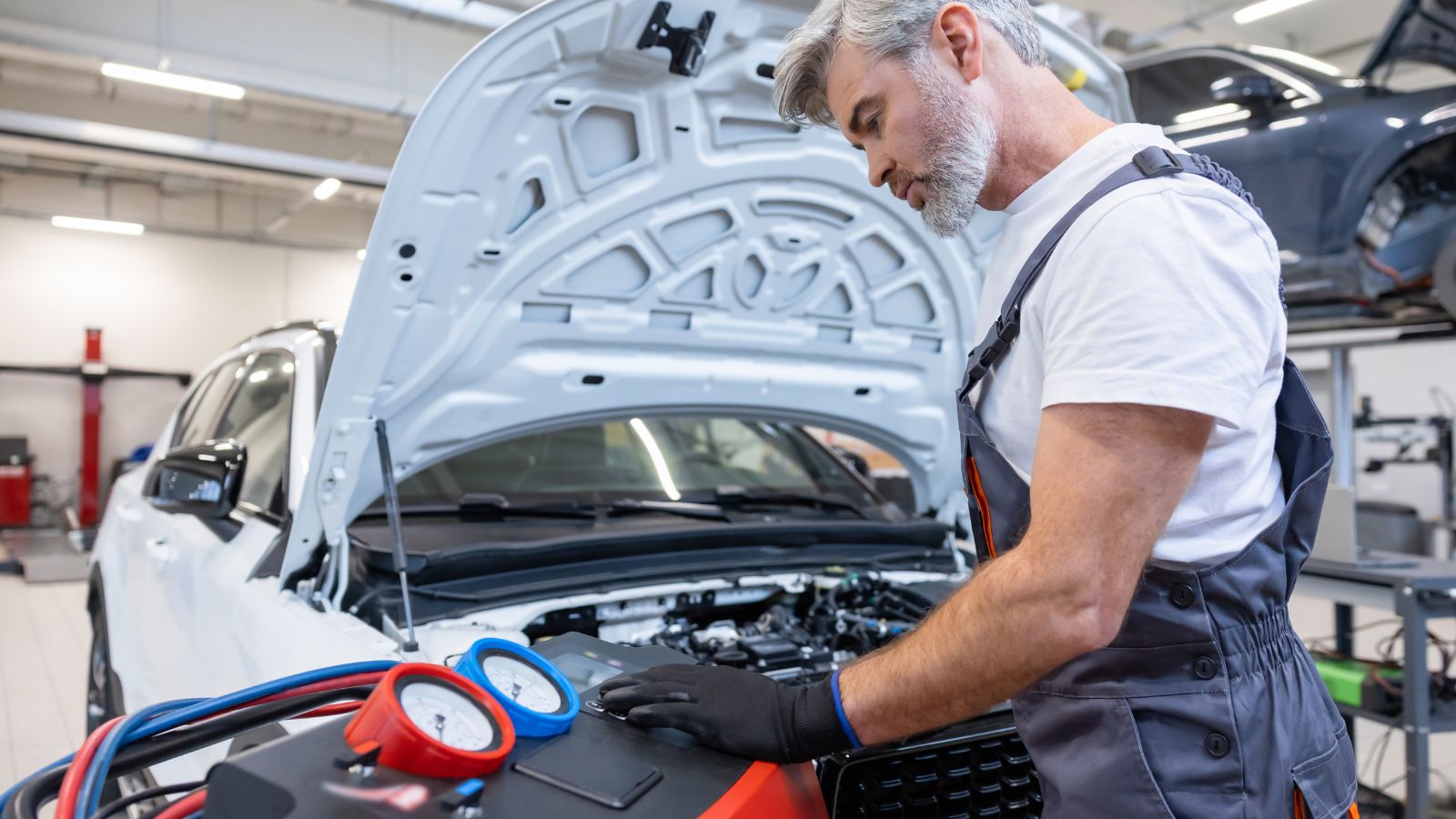
A dead air conditioner is not just about comfort, it is about cost. Replacing the compressor, condenser, evaporator, and lines can add up to 1,500 to 3,000 dollars. On a hot summer day, it might feel worth it, but on a car that is already aging, this often becomes the straw that breaks the camel’s back. Mechanics say this is one of the most common repairs that leads owners to trade in their vehicle, especially in regions where working AC is non-negotiable.
Continuous Minor Failures
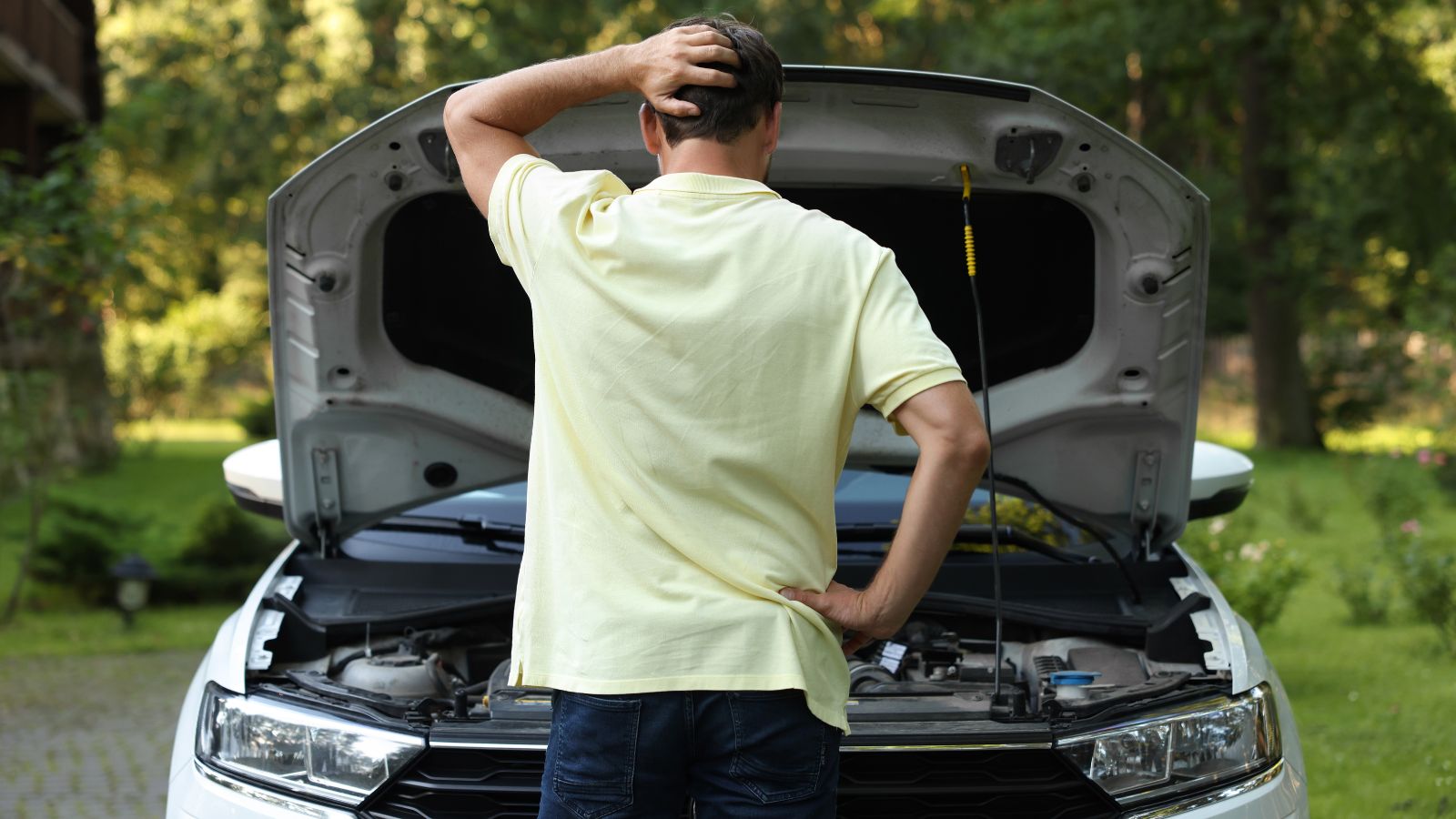
Sometimes it is not one catastrophic failure that ends a car’s life but a slow drip of problems. Window motors die, locks stop working, sensors fail, the check engine light keeps coming back, and every visit to the shop reveals another bill. Each repair might only cost 200 or 300 dollars, but when they pile up month after month, it becomes exhausting. Mechanics often describe these as “nickel and dime cars,” the ones that bleed you slowly until you finally give up and sell.
25 Facts About Car Loans That Most Drivers Don’t Realize

Car loans are one of the most common ways people fund car purchases. Like any other kind of loan, car loans can have certain features that can be regarded as an advantage or a disadvantage to the borrower. Understanding all essential facts about car loans and how they work to ensure that you get the best deal for your financial situation is essential. Here are 25 shocking facts about car loans that most drivers don’t realize:
25 Facts About Car Loans That Most Drivers Don’t Realize
